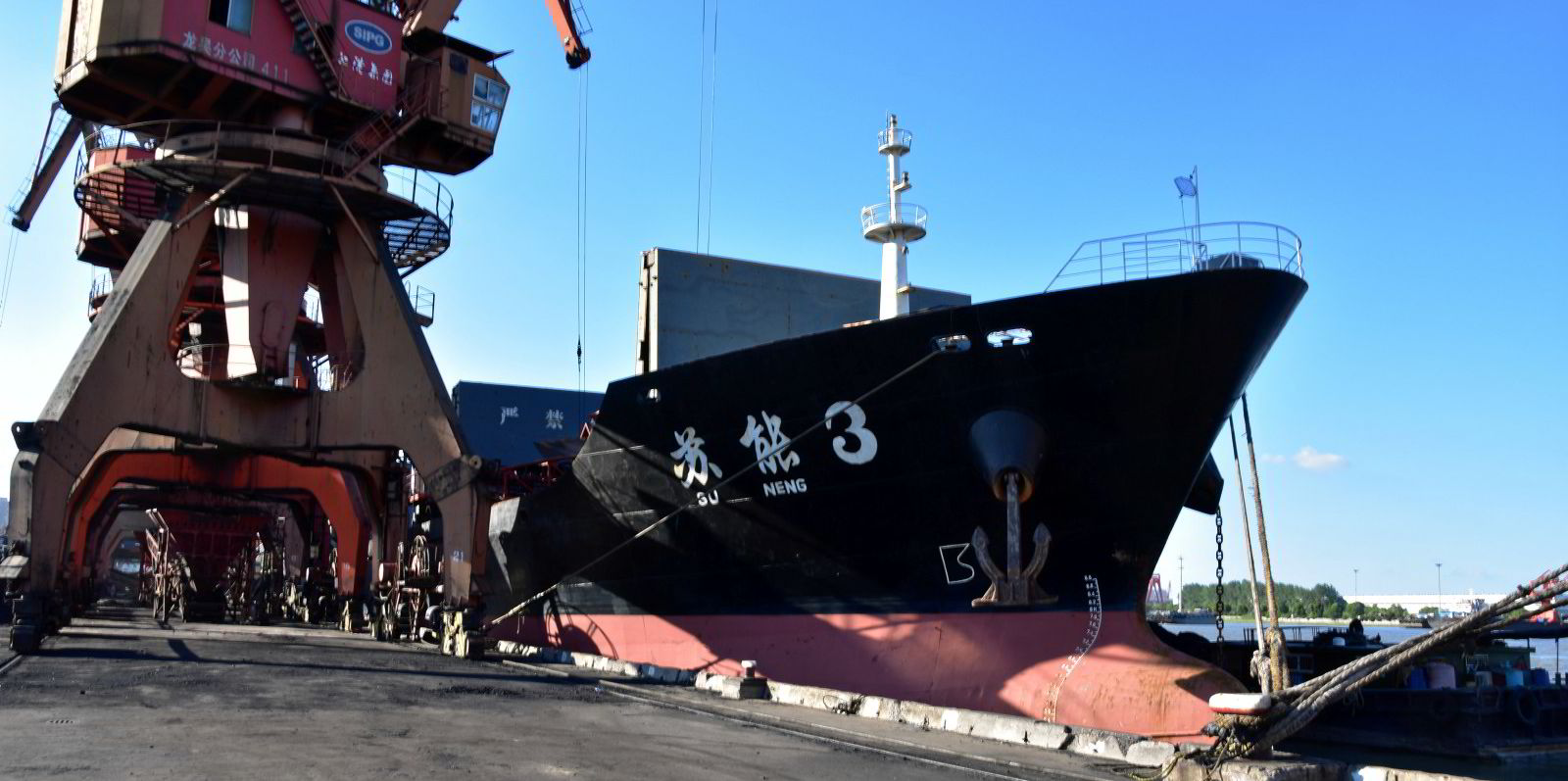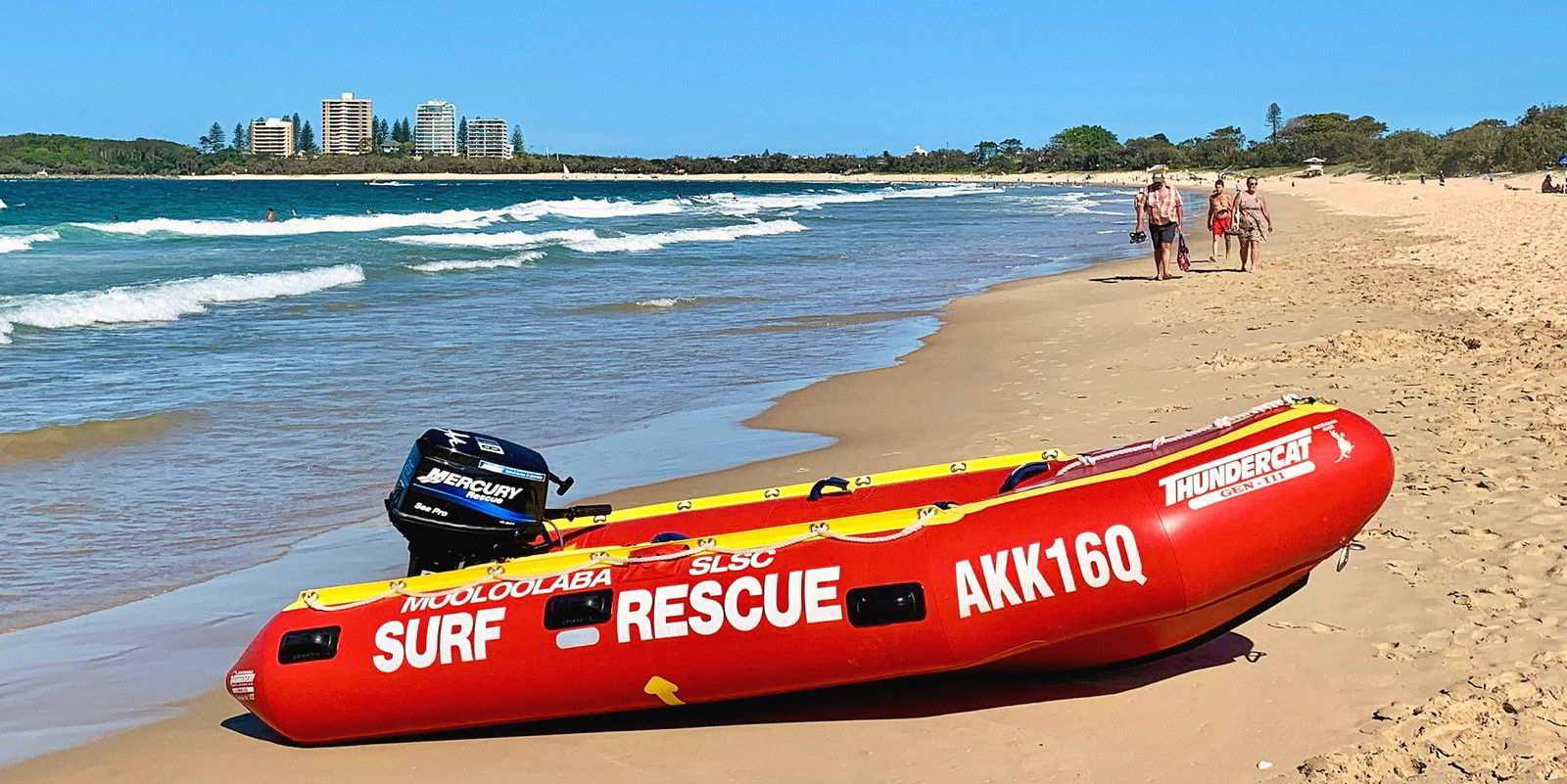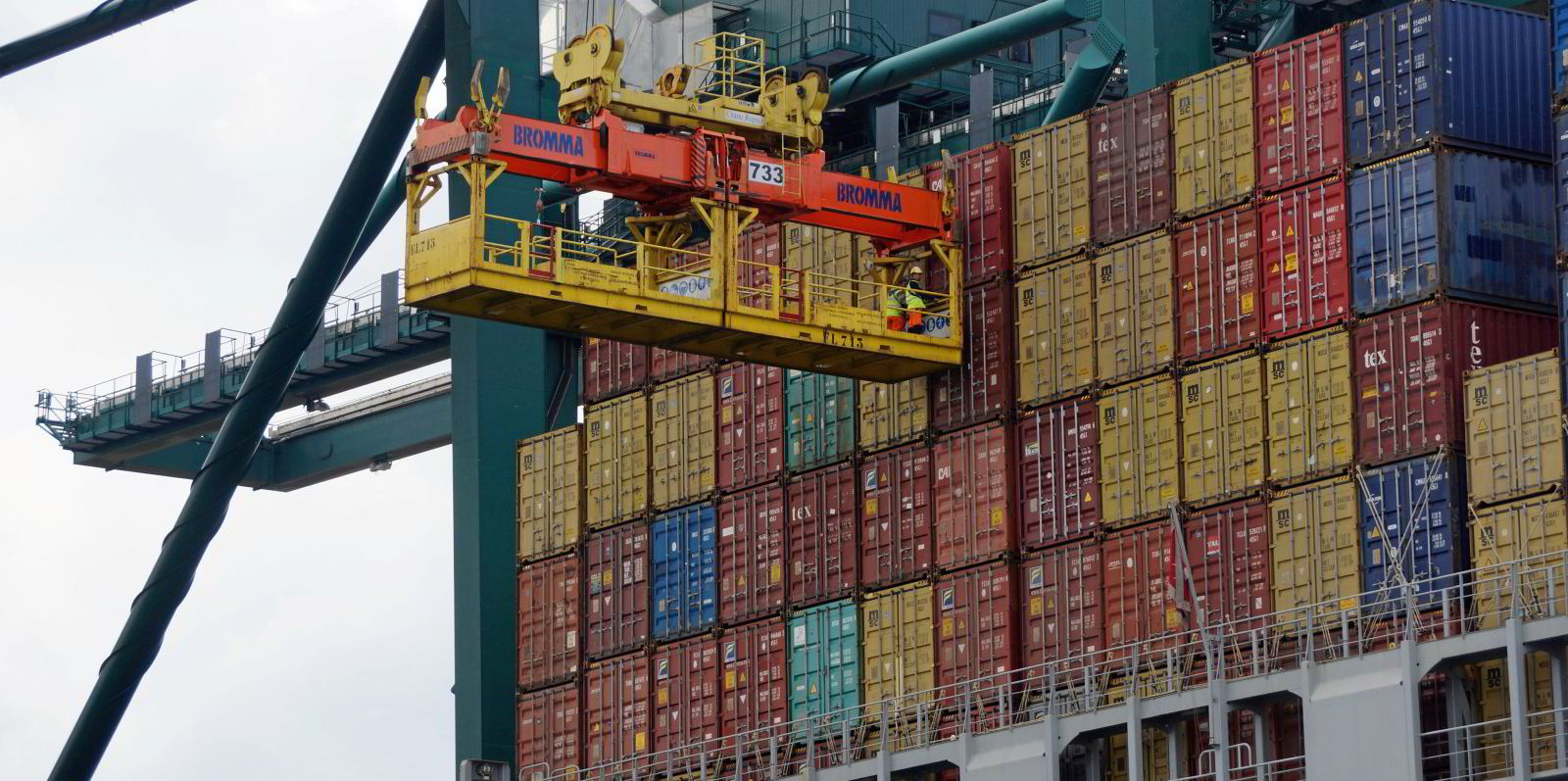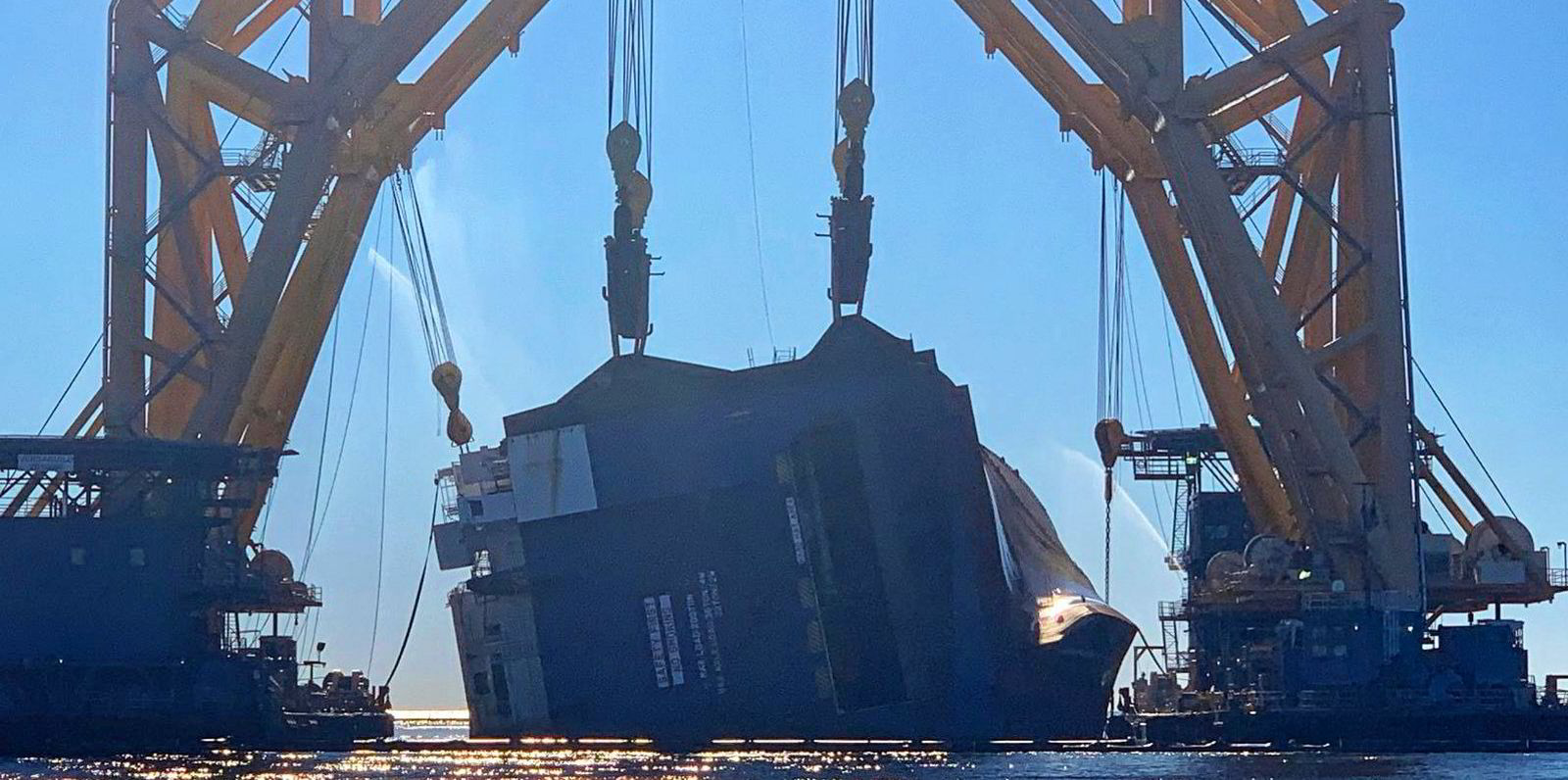Owners of small handysize bulkers and multipurpose (MPP) vessels are modifying their ships to be able to carry containers to cash in on sky-rocketing box rates.
The adaptations being made are mainly unsophisticated, in-hold modifications not needing the services of a shipyard or approval from classification societies.
"Container capacity is so scarce right now and freight rates are so extremely high that any serviceable ship that can accommodate a container is fair game," said Simon Heaney, senior manager of container research for Drewry.
"From what I understand, the number of conversions is relatively small and won’t really impact the situation, but will make a very tidy profit for those owners."
Susan Oatway, Drewry’s senior analyst for MPP and breakbulk shipping, said: "I am not convinced the current capacity crunch is a long-term trend."
She believes vessels in her market will be competing for conventional cargoes again by next year.
Resistance
But shipowners adapting their vessels are running up against resistance, from port authorities and class societies.
This has so far limited the scope for cross-over business in the container market to single-voyage deals with willing shippers and receivers.
"Many large and small Chinese owners are very eager to carry more containers or even to modify and convert ships to increase container intake," said one private shipowner official, who was not willing to be named.
One concern that limits the outlook for such trading is that ports on the west coast of the US, faced with desperate terminal backlogs, may give preference only to actual containerships, as opposed to vessels modified to carry containers.
"But the objections from class are more important," the official said. "Recently, several Chinese handysize owners have exchanged ideas with class. The problem is that the feedback from class is almost all negative — also sometimes from their own technical departments."
"But some owners have made small modifications themselves, such as welding D-rings onto holds and hatch coamings," said the source. "It's not sophisticated work."
Not all bulk tonnage is suitable for this purpose.
"But modern open-hatch bulkers — and some say the Green Dolphin open-hatch design bulkers — are very good," he said.
Casualty
Chinese owners' reluctance to undertake such projects has increased since Shanghai Ming Wah Navigation — one of the companies eager to cross over into container shipping — suffered a setback.
On 21 July, the owner announced that its 38,800-dwt Great Beauty (built 2018) had been converted to trade as a 886-teu containership. It had spent two days loading and lashing at Taicang port on the Yangtze River, after modifications approved by China Classification Society.
But when the US-bound vessel was two days out of port, a stack of boxes collapsed in its hold, according to Chinese maritime media.
The ship returned to Taicang for unloading and repairs and remained there at anchor as of 11 August, according to its latest AIS update.
With a number of suitable candidates in its fleet, Shanghai Ming Wah had been one of the most enthusiastic converters to container trading. The China Merchants Group company could not be contacted for comment.
China Classification Society told TradeWinds that modifying vessels can be risky.
"Based on our experience, there are potential risks to hull strength, cargo securing and fire protection in case of carrying containers on a bulk carrier which is not specifically designed to carry containers on the deck or in the cargo holds," the organisation said.
"Currently our [research and development] department is fully assessing the risks of such transportation and developing reliable and operational solutions."
Stacking
Bulker owners have been eager to take containers as deck cargo and are willing to stack boxes in their holds.
Mark Young, chief executive of Chinese handysize owner Asia Maritime Pacific (AMP), told TradeWinds he has not considered any vessel modifications.
But he said he believes conversions in shipyards should not be problematic with careful planning by a ship designer and class approval. Properly planned and loaded topside container cargoes are also defensible, Young said.
AMP's bulkers have always carried some containers in their mix of cargoes, neither more nor less now than before, he said.
"It's also about how many containers you want to take. One tier on top versus three tiers involves completely different issues. Or two tiers of empty containers versus two tiers of laden ones," Young said.
"You should just not be greedy," he added. "If you do it properly, I don't know why you should have any problems but if you take shortcuts — shipping is a risky business if you don't follow the rules."











